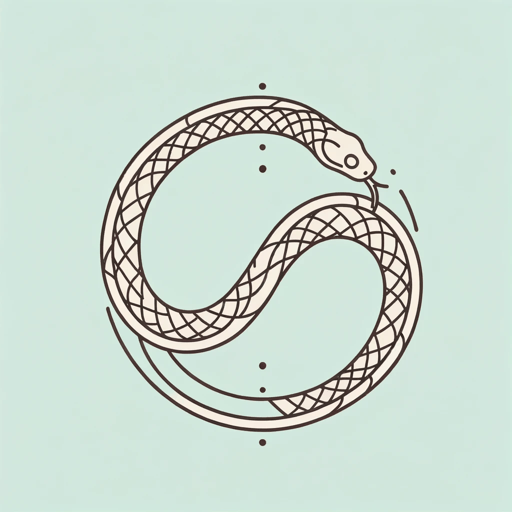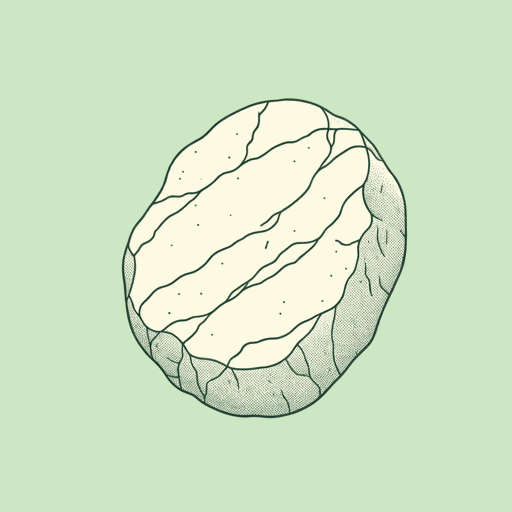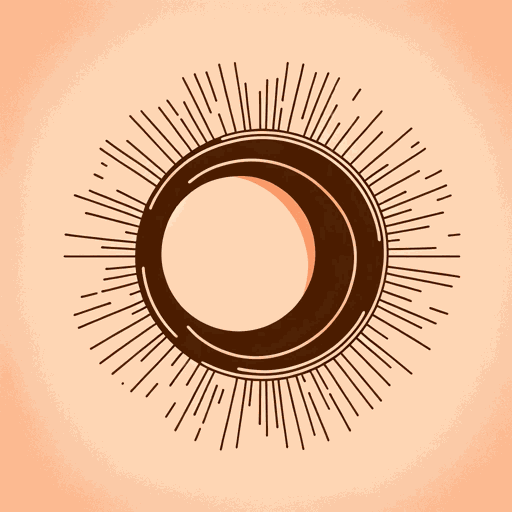43 pages • 1 hour read
Annie DillardThe Writing Life
Nonfiction | Autobiography / Memoir | Adult | Published in 1989A modern alternative to SparkNotes and CliffsNotes, SuperSummary offers high-quality Study Guides with detailed chapter summaries and analysis of major themes, characters, and more.
Summary and Study Guide
Overview
The Writing Life by Annie Dillard is a work of creative nonfiction and memoir originally published in 1989 by Harper & Row. As a Pulitzer Prize winning author, Dillard explores the triumphs and struggles of her early writing years while also offering advice and guidance to aspiring writers through imaginative anecdotes. Dillard has called the work “an embarrassing nonfiction narrative,” and she distances herself from all but the final chapter about the pilot, Dave Rahm. This guide follows the first edition Harper Perennial paperback, published in 1990.
Dillard won the 1975 Pulitzer Prize for General Nonfiction for Pilgrim at Tinker Creek. She has written works of nonfiction, fiction, and collections of poetry, some of which have been translated into 10 languages.
Summary
Dillard begins The Writing Life with general observations about writing through the lens of “you,” the reader and aspiring writer. Through this perspective, she explains the momentum of a first draft and the necessity of courage during the editing process. She quotes some notable authors, like Henry David Thoreau and Henry James, and analyzes others, like Gustave Flaubert, for their writing speed. Dillard mathematically breaks down how long it takes Flaubert to write a full-length book to comfort those who worry about their lack of progress. Throughout these analyses, she implores novice writers to not limit which ideas they pursue and to follow their ideas to the absolute limits.
Dillard moves into several descriptions of her different workspaces and discusses the importance of isolation for the writing task. Dillard explores the internal world of the writer, illustrating how quickly a writer can become lost in their imagination through humorous anecdotes about her long nights of writing. She catalogues a variety of writing schedules, but she does not promote one over the other; any routine, she argues, diminishes the chaos of a self-directed day. Dillard then examines how much energy a writer expends on simply finding the drive to write each day. She illustrates the dejection a writer might feel when the finished product doesn’t live up to the mental vision. She depicts her own exhaustion and antagonistic relationship with writing through a vision of her typewriter exploding.
Next, Dillard investigates where and how writers find inspiration for subject matter. Stories are always particular to a writer’s own passions and observations, but they can also be inspired by the work of others. Dillard uses notable authors to exemplify the need for continual learning in the field of literature, and she advises writers to unabashedly imitate and expand upon their idols’ works. Dillard suggests writers should aim for book-length projects and should avoid inclusions of commercial brands purely for societal representation. Dillard reminisces on interactions with neighbors that made her examine why she writes when it is so agonizing. She ultimately declares that because she can endure the writing life, she cannot imagine another way to live.
Near the end of the book, Dillard delves deeper into her feelings about Lummi Island, where she spent many summers writing. The vastness and harshness of the island forever alter Dillard’s outlook on the world. This perspective always seeps into her work, despite her best efforts to keep it out. Dillard ends The Writing Life with a chapter dedicated to the late stunt pilot, Dave Rahm. In detail, she expresses her awe of his aviation performances. She once flew above the Cascades Range with Rahm, and she praises his skill, dedication, and fearlessness in such a dangerous profession. Dillard ends the book by honoring Dave Rahm and venerating him as an artist who followed his work to the absolute limits.
Related Titles
By Annie Dillard







